The 10A Electra is a twin engine, all metal passenger airliner built in the 1930’s to compete with the Boeing 247 and Douglas DC-2.
Built For
VIP TRANSPORT
The “Electra” was the first all-metal multi-engine plane produced by Lockheed and was designed to compete with planes such as the Boeing 247 and Douglas DC-2. It carried 10 passengers and a crew of two or three and had a range of 810 miles. During World War II, it was used to transport the Assistant Secretary of Naval Air, David Ingalls. A sister ship, Serial No. 1055, was flown by Amelia Earhart when she disappeared over the Pacific during her attempted round-the-world flight in July 1937.
Our Aircraft is a Gift of Pratt & Whitney Aircraft and Robert Wanagel.
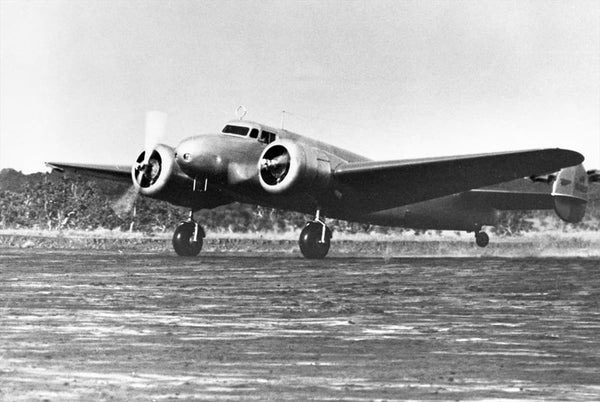
1936

Serial No. 1052, was delivered to the U.S. Navy in February 1936 for use as a staff transport by the Secretary of the Navy, Claude Swanson. After WWII, the airplane went through nine owners, and was used primarily to carry freight and passengers.
1984

In 1984, this airplane was purchased for use in a planned reenactment of the Earhart flight and it was to be restored by United Technologies. Unfortunately due to a set of circumstances, the project was terminated and the plane was given to the Museum.
1994

The Museum undertook the restoration of this 10A Electra. While it's first service was first with the military, the 10-A is finished in the colors of Northwest Airlines which was the first carrier that flew Electra's in commercial service.
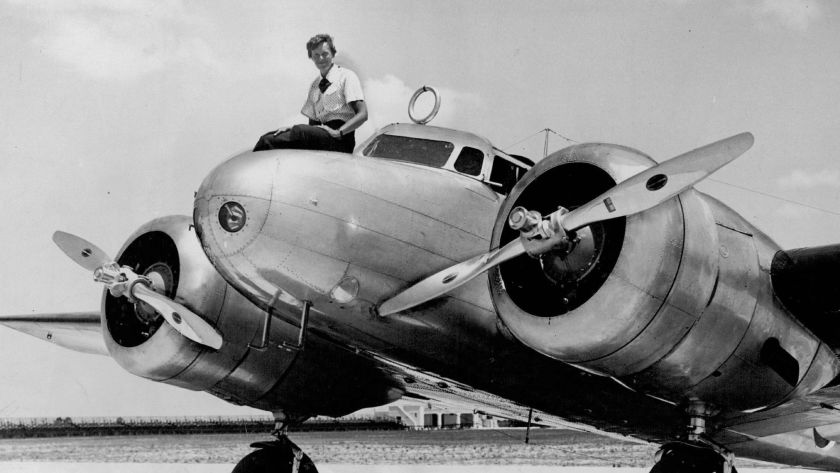
Our Electra's sister ship, Serial No. 1055, was flown by Amelia Earhart when she disappeared over the Pacific during her attempted round-the-world flight in July 1937.
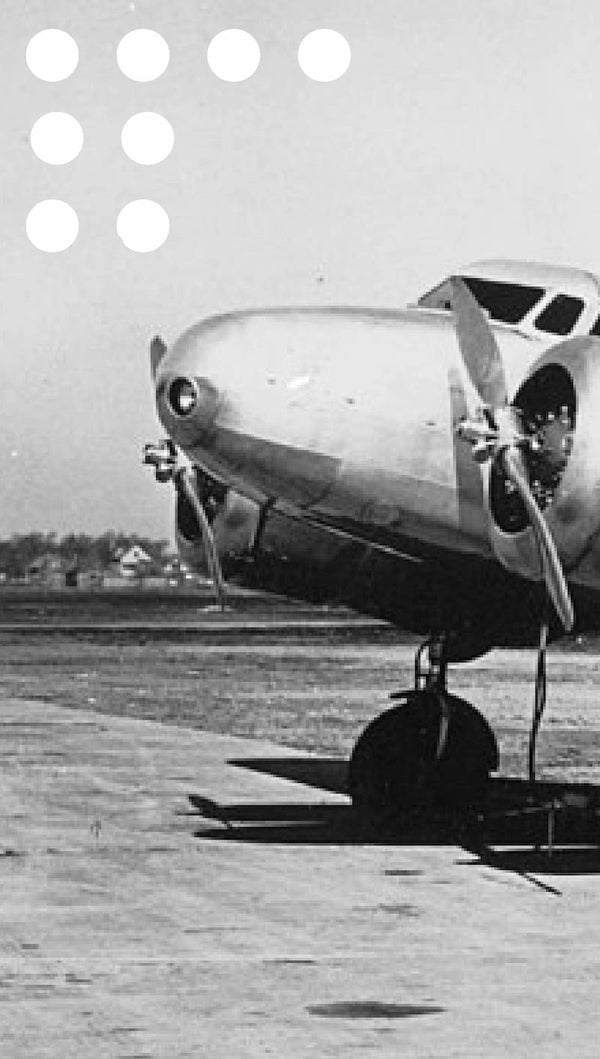
All-Star Design
During wind tunnel testing at the University of Michigan, then-student Clarence Johnson made critical changes to the prototype design. Calrence went on to lead Lockheed Martin Skunkworks and develop aircraft like the SR-71 Blackbird.
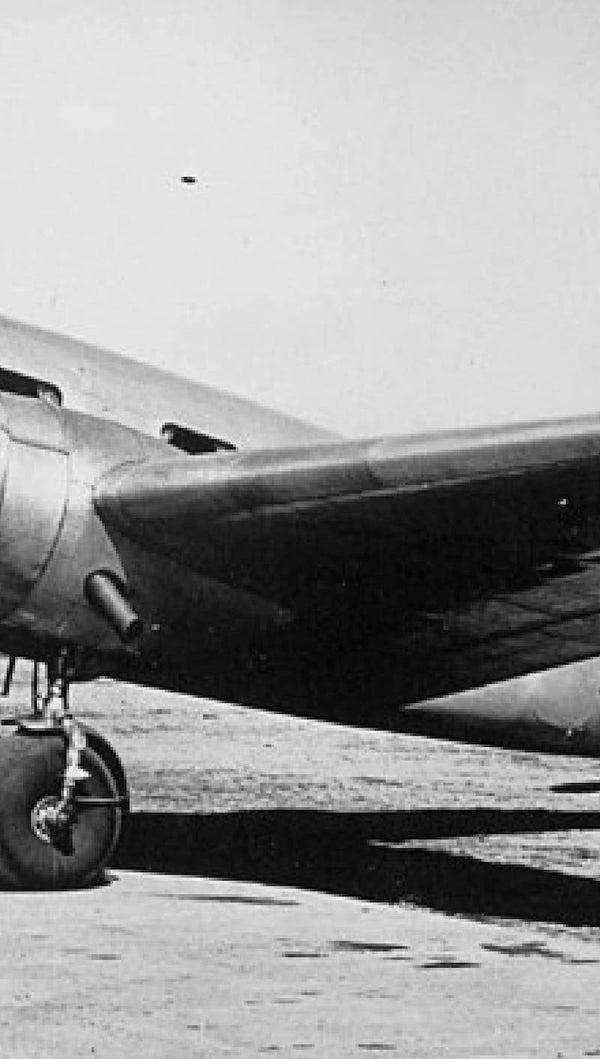
Perfect Timing
In 1934, the United States Federal Government banned single engine airplanes for passenger use. This provided a perfect opportunity for Lockheed to enter the highly competitive airliner market with their new Model 10 Electra.
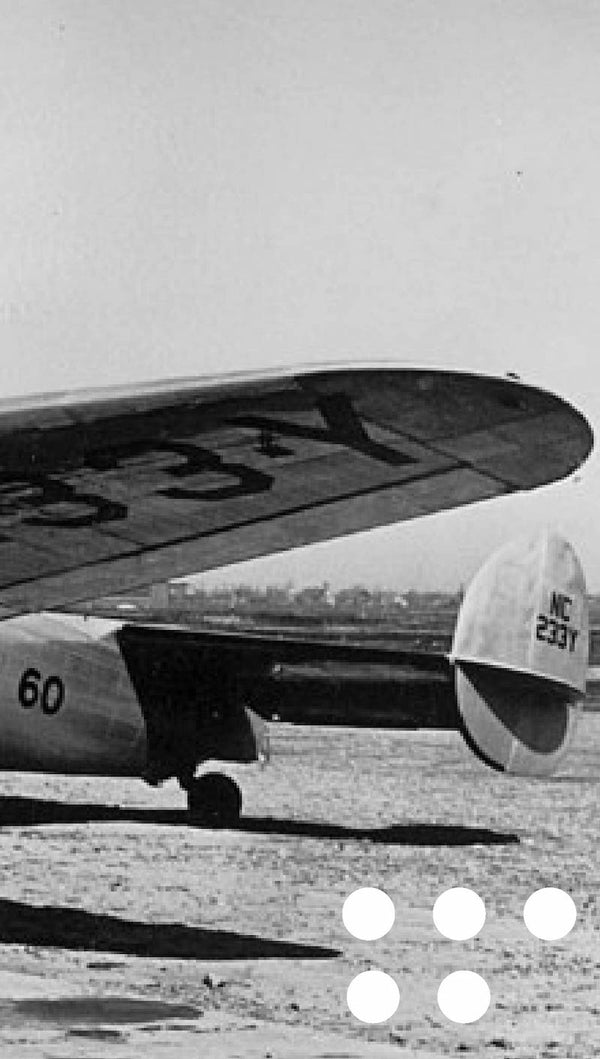
First Commercial Crossing
In May of 1937, Dick Merrrell and J.S. Lambie completed a round-trip crossing of the Atlantic Ocean the Electra. This accomplishment was the first ever round-trip commercial crossing of that ocean by any aircraft.



